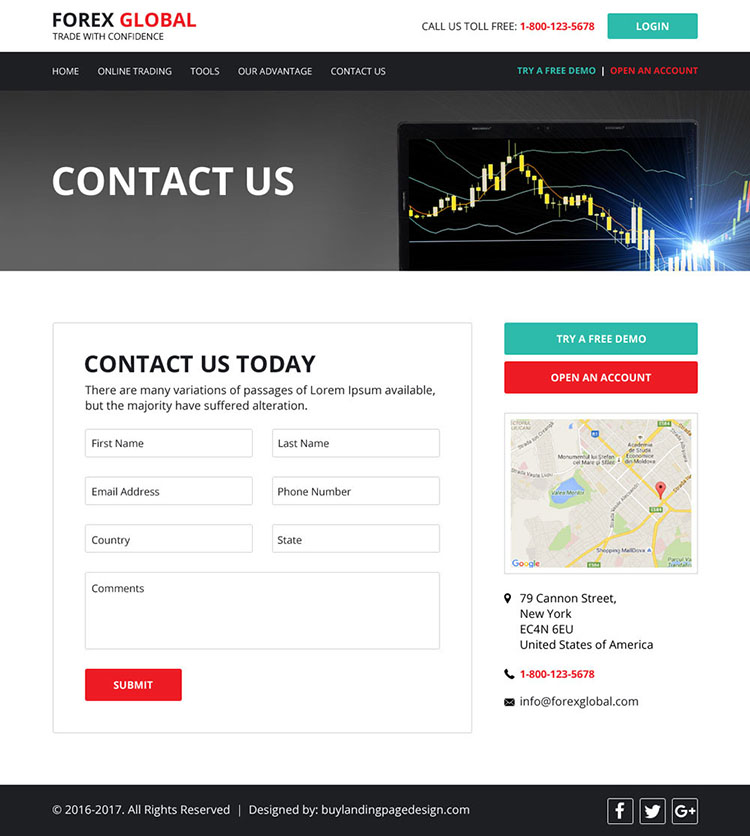Title: Design a Forex Trading Website with WordPress: Embark on a Journey to Success

Image: www.buylandingpagedesign.com
Introduction:
In the fast-paced world of forex trading, having an effective online presence is not just an option, but a necessity. If you’re an aspiring trader or an established firm, creating a forex website that empowers your users and attracts new opportunities is paramount. Enter WordPress, the world’s leading content management system, offering unparalleled customization and ease of use for website creation. Join us as we explore the art of designing a forex trading website with WordPress, a journey towards unlocking financial freedom and knowledge.
Creating a User-Friendly Foundation:
The foundation of your forex website is its user interface. Visitors should navigate your website effortlessly, accessing vital information and trading tools with ease. Leverage WordPress themes specifically designed for forex trading, which provide pre-built templates and functionality tailored to the forex market. These themes often include advanced features such as real-time currency charts, economic calendars, and market news feeds, giving your website a professional edge.
Showcasing Your Expertise:
Your website should serve as a testament to your forex mastery. Publish informative articles, market analysis, and trading strategies to establish yourself as a thought leader in the industry. Use WordPress plugins such as Yoast SEO to optimize your content for search engines, ensuring that your website reaches a wider audience. In-depth educational resources not only attract potential clients but also build credibility and trust.
Integrating Trading Tools:
Beyond providing information, your website can offer direct trading functionality. Integrate trading platforms through WordPress plugins, allowing users to execute trades directly from your website. Ensure a seamless trading experience by choosing plugins compatible with reputable brokers. These plugins often provide advanced order types, real-time charting, and risk management features, empowering traders to make informed decisions.
Building Community and Support:
Forex trading can be a solitary endeavor. Foster a sense of community on your website by creating discussion forums or live chat features. These platforms allow traders to connect, share strategies, and support each other’s trading journeys. Additionally, offer support documentation, tutorials, and personalized assistance to guide traders every step of the way.
Marketing Your Website Effectively:
Once your website is up and running, it’s time to spread the word. Utilize social media platforms to engage with potential clients, share valuable content, and promote your website. Leverage email marketing campaigns to build relationships with subscribers, providing them with tailored content and exclusive offers. Consider collaborating with industry influencers to expand your reach and gain credibility.
Conclusion:
Designing a forex trading website with WordPress is not just about creating an online presence but about crafting a powerful tool that drives success. By implementing the strategies outlined in this article, you can build a website that educates, empowers, and connects forex traders. Embrace the journey and unlock the potential of WordPress to transform your website into a beacon of expertise and financial freedom. Join the ranks of successful forex traders and let your website become a pillar of your trading success.

Image: www.lightmix.com
Design A Forex Trading Website Wordpress






